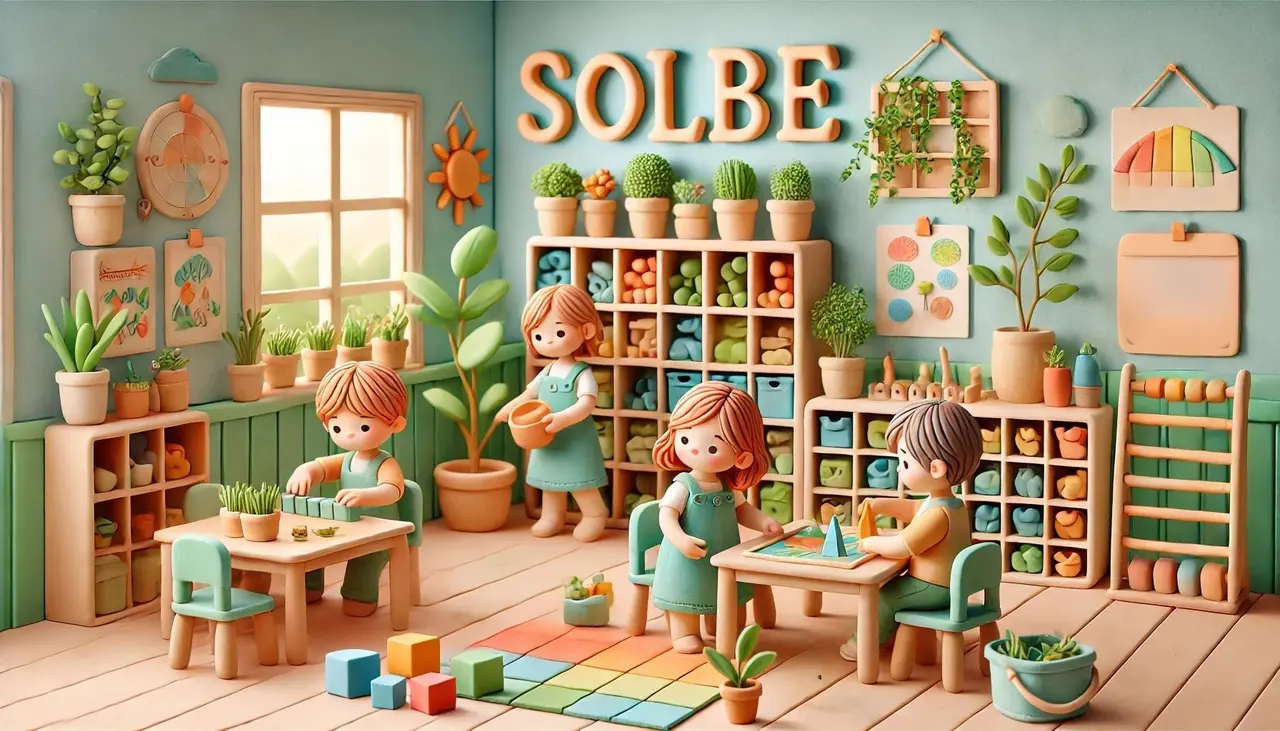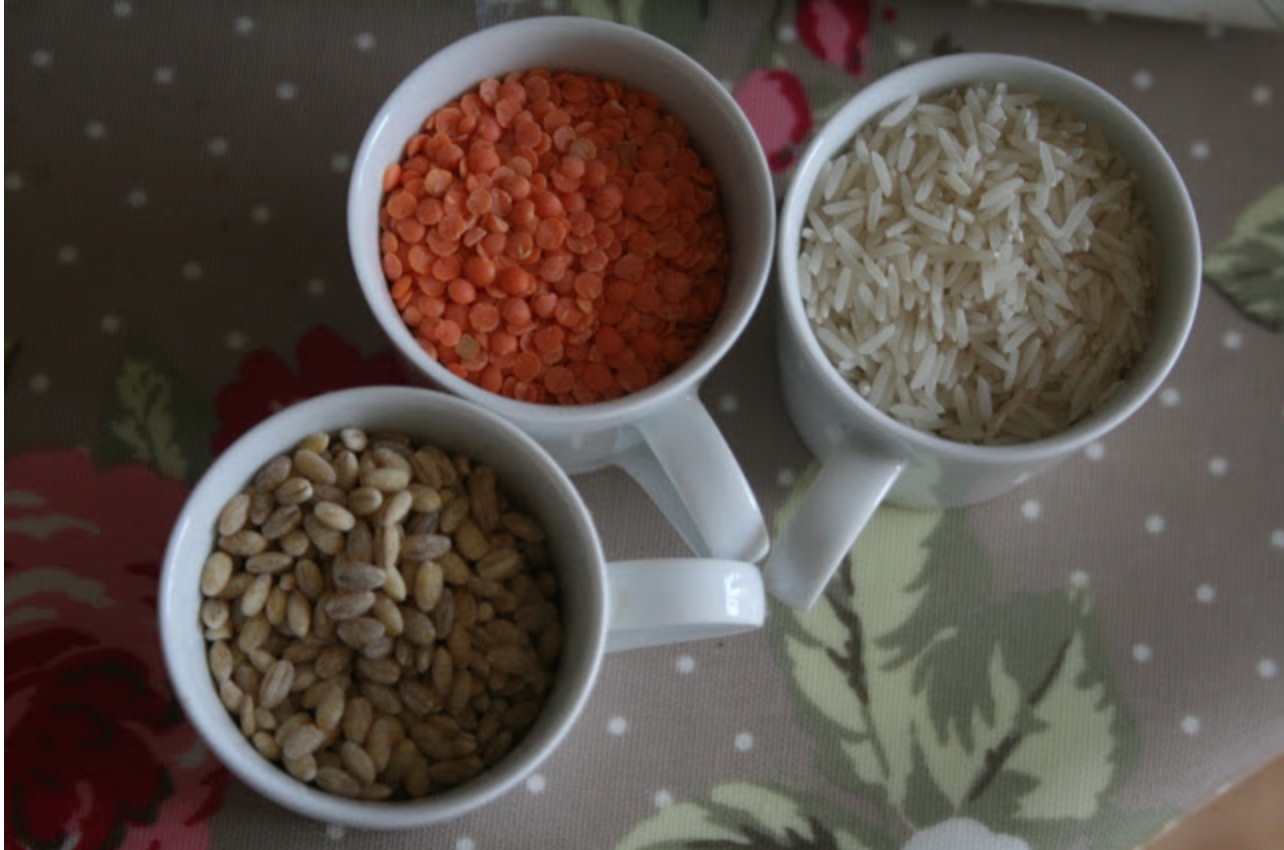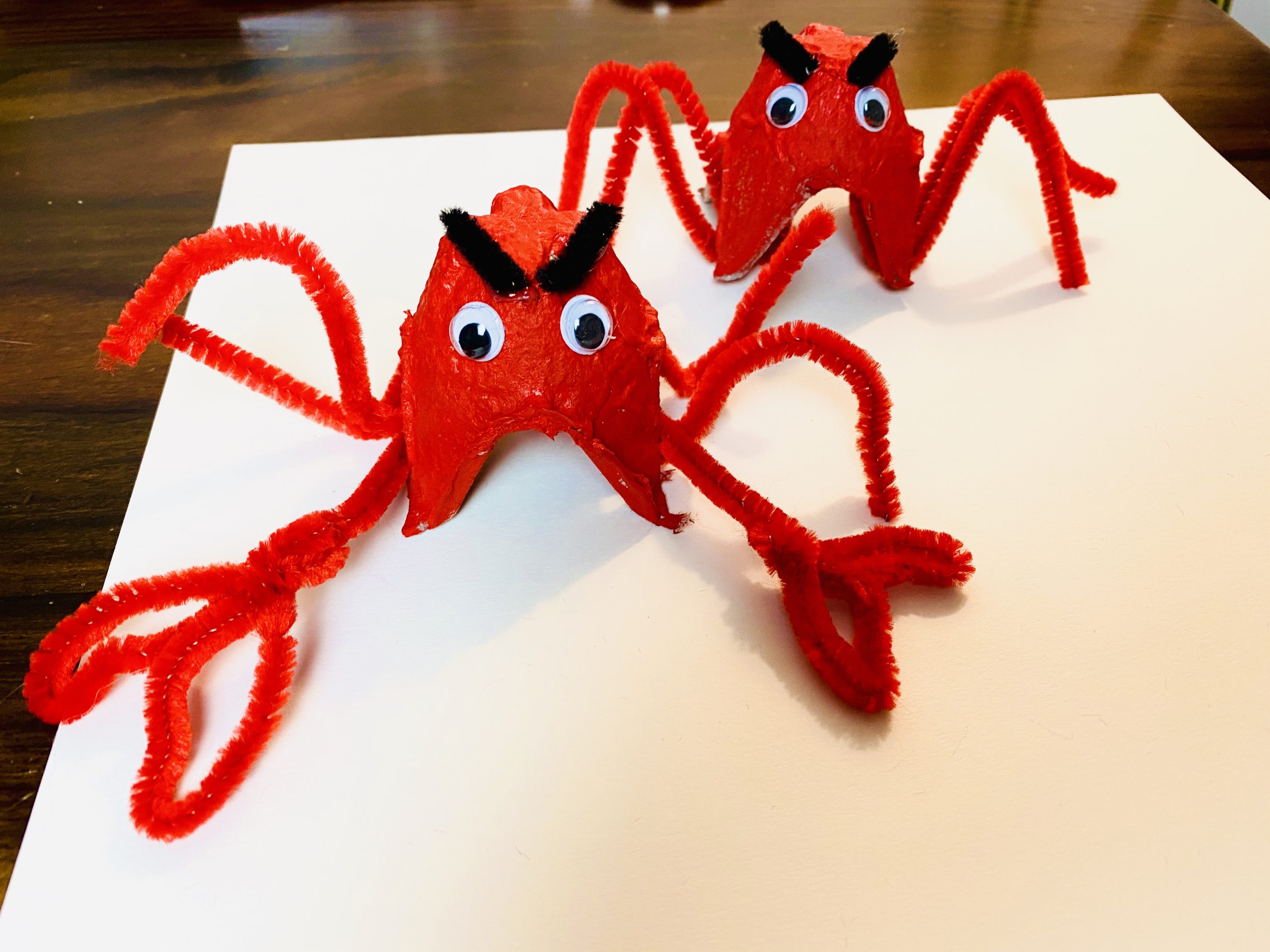Preparing a Learning-rich Environment

Imagine entering a lush greenhouse. Feel the humid air on your cheeks, smell the sweet lilac, and marvel at the vibrant color palette. A deep breath in through your mouth signals to your brain a taste of metal from a recently used garden hose. With little effort, you survey the room. You scan the tidy, recently swept floor, the maintained tools, and the healthy plants — all grouped by varietal, size, and color. This greenhouse is a safe environment — orderly but not overwrought. You feel peaceful, curious, inspired. Without thinking, you lean in to embrace the vibrant smell of freesia. You wander through this carefully curated environment, letting your senses lead until you notice the plant labels. At that moment, you shift your intention, acquiring new information as you tour through this multi-sensory learning-rich environment for inquisitive visitors and horticulturalists (expert or otherwise).
Now consider unpacking this experience in an early childhood classroom. Reggio Emilia educators have been exploring this concept for decades, preparing classrooms with a deep understanding that environment is crucial to learning. One of the four Reggio Emilia principles is that children should have some control over their learning. Classrooms are equipped with furniture that is just the right size for them, subliminally inviting young explorers to select a material from an open shelf and carry it back to a table that was made just for them. Child-sized furniture and open shelving is a first step towards supporting their physical and emotional safety and ultimately fostering another principle: children develop relationships with peers and learning materials in an environment that they are allowed to explore.
A third Reggio Emilia principle, children must learn through experiences of touching, moving, listening, and observing, is interconnected to the previous two while setting everything into motion. Children explore and acquire knowledge through active kinesthetic learning. To engage this principle, educators prepare the environment with multi-sensory investigations, harnessing wonder and responding to curiosities. In these classrooms, children hold math in their hands, science awakens their sense of smell, and they embody literature through yoga and song. These learning environments engage the senses and awaken inspiration — artfully designed with respect to children and the wonder of learning.
Related Articles
Explore our latest insights and resources.

Using Your Voice Effectively: Intentional & Positive Phrases to Use With Your Child

Work and Family: 7 Strategies to Find Balance as a Parent

Understanding and Supporting Early Childhood Mental Health

Understanding and Monitoring Developmental Milestones

The Value of Process-based Learning

The Truth about Parenting: Being a Thriving Parent

The Curious & Creative Classroom

Social-Emotional Learning: Five Competencies and How to Teach Them at Home

Social Emotional Learning Part Five: Teaching Growth Mindset to Inspire Change

Social-Emotional Learning Part Three: Teaching Friendship to Inspire Change

Social Emotional Learning Part Two: Teaching Acceptance to Inspire Change

Social Emotional Learning Part Six: Teaching Empathy to Inspire Change

SEL: Parent Social-Emotional Competence & Well-Being

Social Emotional Learning Part Four: Teaching Respect to Inspire Change

Reflective Learning: 10 Meaningful Questions to Replace “How Was School Today?”

Prosocial Behavior: Strategies to Model, Practice and Praise

Ranking Boston Area Private Schools: Finding The Best Programs For Your Children

Prosocial Behavior: Encouraging Your Child To Practice Gratitude

Play is Work and Work is Play

Preparing a Learning-rich Environment

Nurturing Brain Development During the Window of Opportunity

Exploring Spanish Language Learning Through Play-Based Activities

Early Intervention: Identifying Support for Children Birth to Age Three

Developmental Screening: Acting Early and Advocating for Your Child

Daily at Home Project: Red House – Fun For All Greatest Hits & More

Daily at Home Project: Rainbow Painting and Make Your Own Ice Cream

Daily at Home Project: Pots, Pans, Colors & Rainy Day Brownies!

Daily at Home Project: Lid Matching and Animal Washing Station

Daily at Home Project: Making Music with The Very Noisy Bear

Daily at Home Project: Fine Motor Activities and Let's See Where a Dot Can Take You!

Daily at Home Project: Crazy Art from Silvana Carpio

Daily at Home Project: Baby Treasure Basket and Rocks of Hope

Daily at Home Project: Colander Pipe Cleaner and Pipe Cleaner Bubble Wands

Daily At-Home Project: Mix and Match Faces

Daily At-Home Project: Homemade Binoculars for Little Explorers!

Daily At-Home Project: Gratitude Jar

Daily At Home Project: Veggie Paint Making From Marlo
Stay Updated with SolBe
Join our newsletter for the latest insights and exclusive content on early learning and childcare.































































